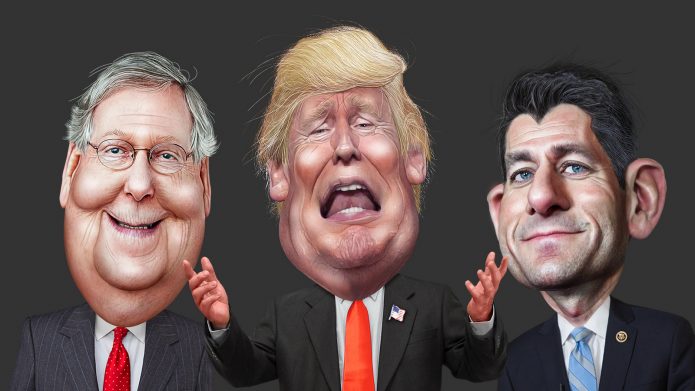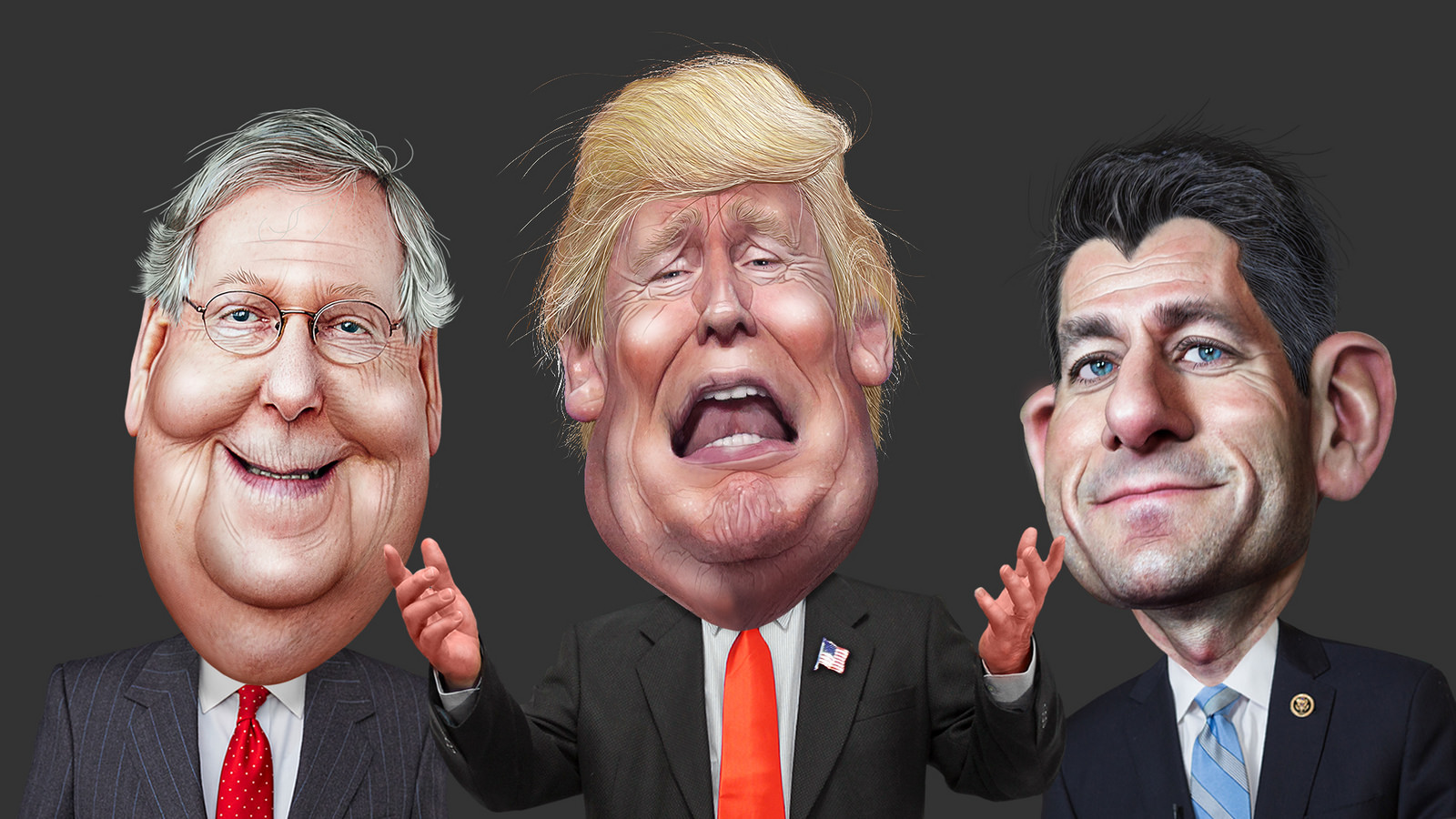
DonkeyHotey / Flickr
When President Trump delivered his first big speech on taxes this past August in Springfield, Missouri, it gave us the chills. Full of Pinocchios, of course, but also one of the best speeches of his presidency. Lifting the “crushing tax burden,” he promised, would lead to a “big, beautiful comeback” for America’s main street, with more jobs and higher wages. In a nation wracked by economic insecurity, we worried Trump’s oily sales pitch would work.
The good news is the American people never fell for it. In fact, as Republicans cranked up the old “trickle down” rhetoric over the past six weeks, opposition to the bill grew by 10 points to 55 percent, with only one in three in support. And that promise of tax cuts’ leading to higher wages? More than 70 percent of Republicans and 85 percent of Democrats didn’t buy it.
The bad news: Republicans didn’t care much about public sentiment. To please their wealthy donors, they rammed their 500-page tax bill through Congress in warp speed.
If you squint hard, you can spot a few bright spots in the final legislation, compared to the first version the House passed. Thanks to effective protests that lifted up personal stories, lawmakers dropped provisions that would’ve raised taxes on indebted students, graduate students with tuition waivers, people with extremely high medical bills, and teachers who use their own cash for classroom supplies.
…
